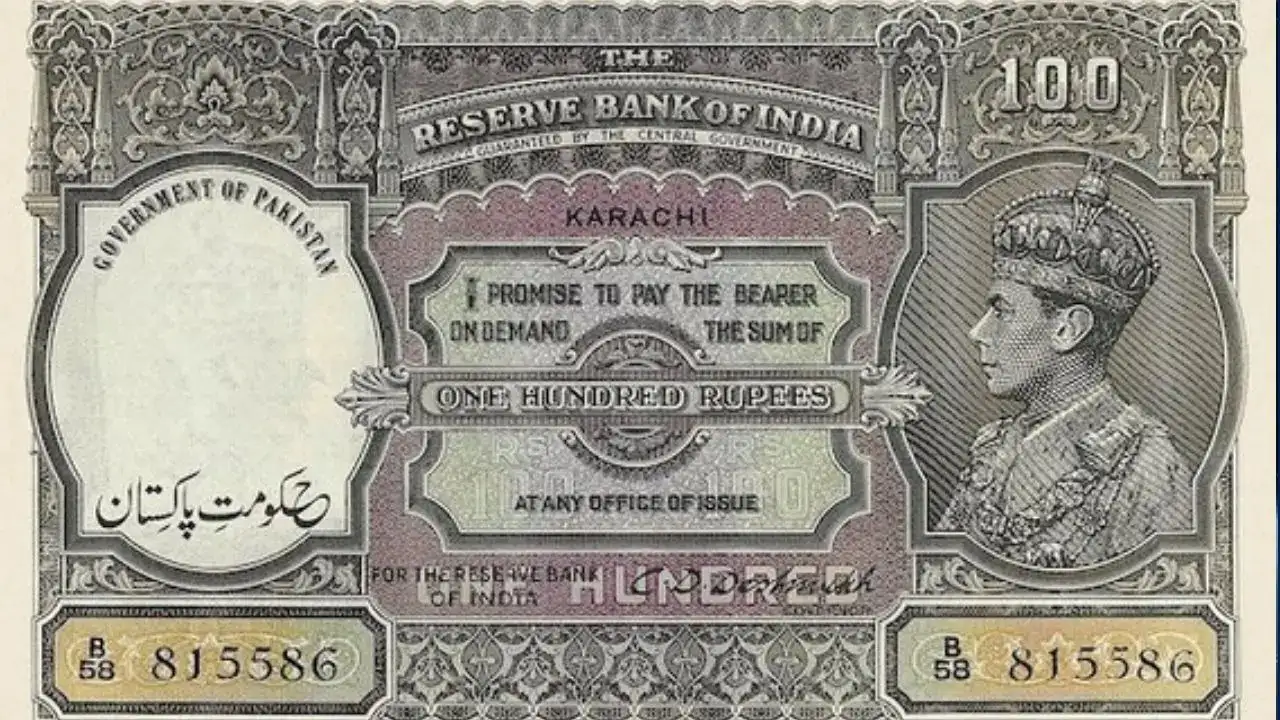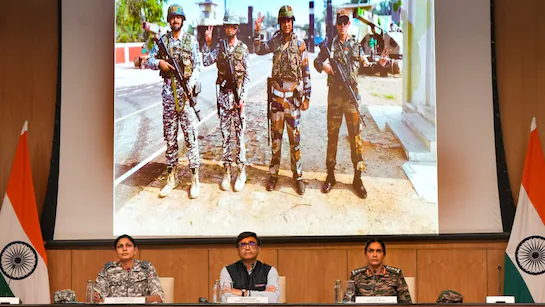Did the RBI Print Pakistani Currency After Partition? The Untold Story of an Unlikely Collaboration
In the turbulent wake of the 1947 Partition, as India and Pakistan emerged from the shadow of colonial rule, one of the most surprising chapters in subcontinental history quietly unfolded—a gesture of financial cooperation that defied the hostility of the times. The Reserve Bank of India (RBI), India’s central bank, stepped in to perform an extraordinary task: printing Pakistani Currency for its newly born and soon-to-be rival, Pakistan.
A Country Without a Central Bank
On August 15, 1947, Pakistan found itself thrust into nationhood without the institutional infrastructure needed to run a modern state. Among its most urgent challenges: the lack of a central banking authority. Without a national bank to manage Pakistani Currency issuance, monetary policy, or financial oversight, Pakistan’s fledgling economy risked paralysis.
In a remarkable display of pragmatism, the two governments reached an agreement. Under the Monetary System and Reserve Bank Order of 1947, the RBI would act as Pakistan’s temporary central bank, issuing Pakistani Currency. The arrangement was to last until June 30, 1948, and was later extended briefly, buying Pakistan critical time to establish its own banking institution.
Overprinted Pakistani Currency Notes: Currency of Survival

To keep Pakistan’s economy afloat during this interim period, the RBI adopted a practical approach. Indian currency notes were overprinted with the words “Government of Pakistan” in English and “Hukumat-e-Pakistan” in Urdu. These overprinted notes—technically Indian rupees with new political markings—became Pakistan’s legal tender or Pakistani Currency.
These weren’t mere pieces of paper; they were lifelines. They paid government salaries, kept markets functional, and ensured that daily transactions could continue in a nation still reeling from Partition’s chaos. The overprinted notes remained in circulation until July 1, 1948, when Pakistan inaugurated the State Bank of Pakistan, marking the official end of the RBI’s role.
Cooperation Amid Conflict
What makes this episode all the more remarkable is its timing. The subcontinent was engulfed in one of the bloodiest upheavals in modern history—millions were displaced, communal riots raged, and just months after Partition, the first Indo-Pak war over Kashmir had broken out. Yet, in the midst of such animosity, a quiet cooperation endured—one that put economic survival above political rivalry.
The RBI’s temporary stewardship of Pakistan’s monetary system was not just an administrative necessity. It was a reflection of shared colonial legacies and institutional continuity. Established in 1935 under British rule, the RBI had served both India and what would become Pakistan. It was, at the time, the only institution with the infrastructure and expertise to manage the monetary needs of both nations.

A Forgotten but Powerful Legacy
Today, those overprinted notes are prized collectors’ items—physical reminders of a fleeting yet powerful moment when practicality prevailed over politics. The RBI’s role in Pakistan’s early financial survival is often relegated to a historical footnote, but it offers profound insights into the complexities of nation-building in the aftermath of colonialism.
As Pakistan’s financial institutions matured and its sovereignty strengthened, its reliance on India’s central bank faded. But the episode remains a testament to an unusual, if temporary, partnership forged in extraordinary times. It is a story of how, even amid division and distrust, necessity can give rise to cooperation, however brief.
Recent Posts
- From Heartbreak to Triumph: How Bill Gates Sr. Rescued Howard Schultz’s Starbucks Dream Against All Odds
- Death-Defying Madness on Mumbai Freeway: Reckless Mumbai Taxi Drivers’ Viral Stunt Sparks Outrage
- Betrayal, Faith, and a Stolen Fortune: Bengaluru Driver Robs ₹1.51 Crore from CA Boss, Donates to Temple
Discover more from
Subscribe to get the latest posts sent to your email.







